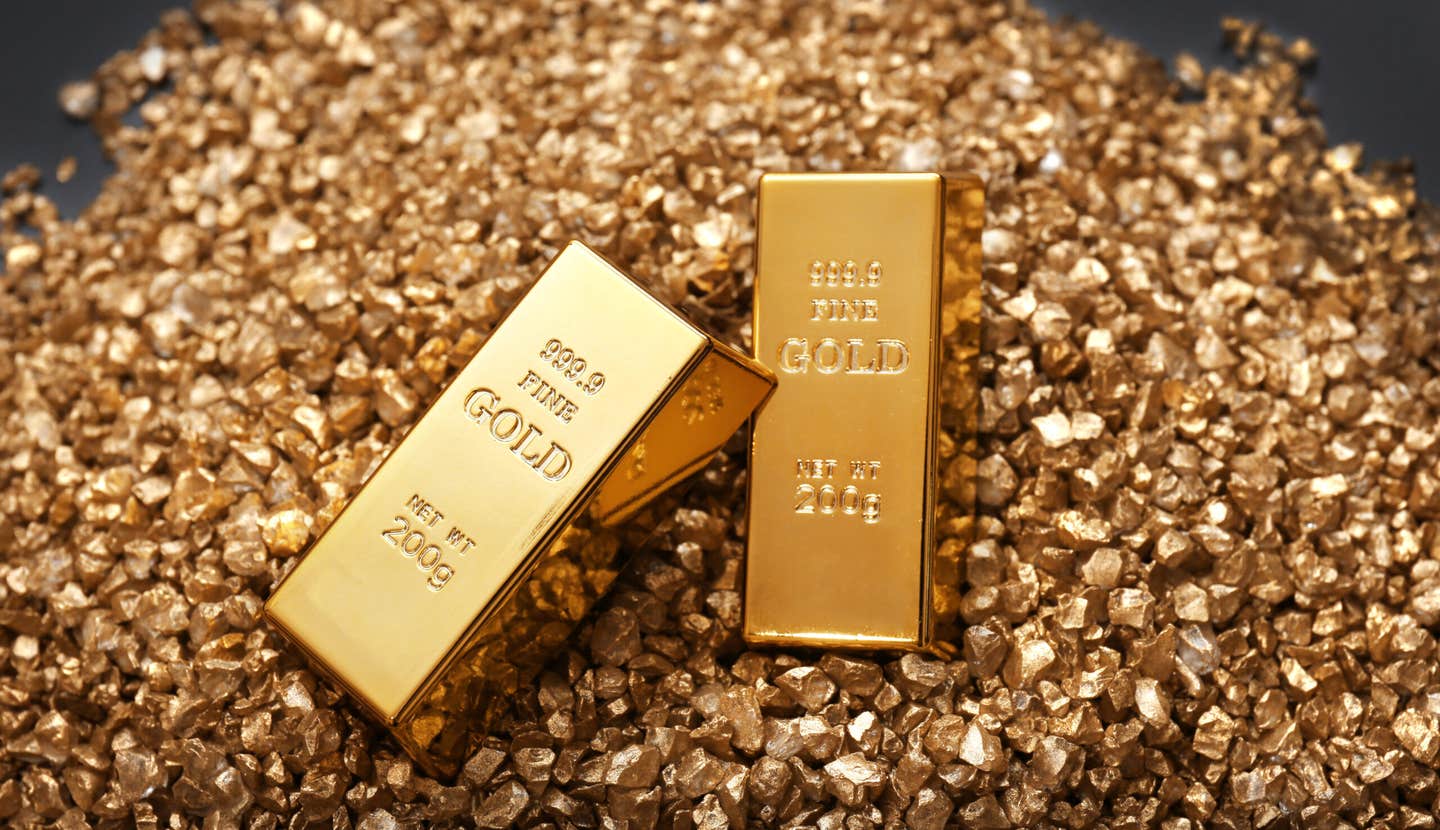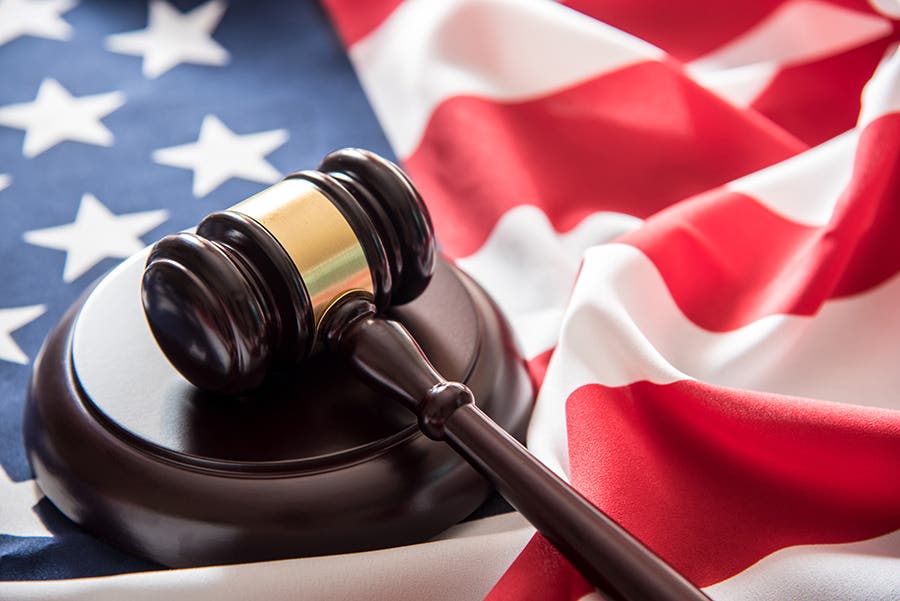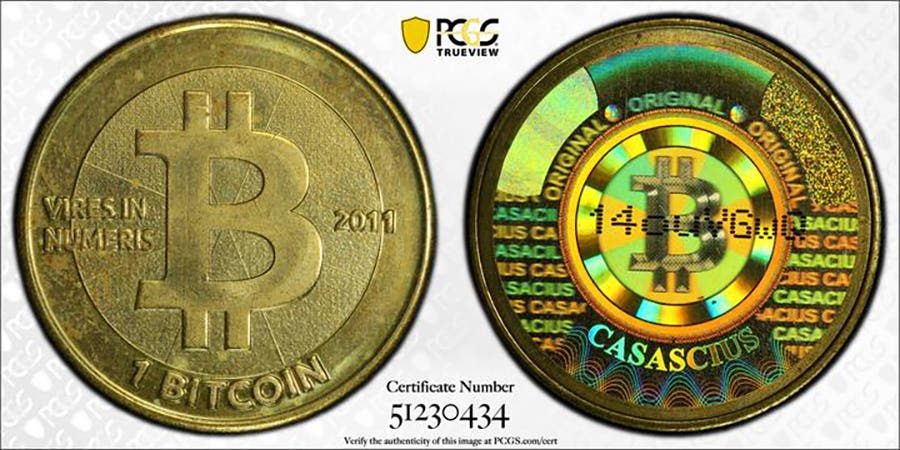When Gold and Silver Saved the United States
October 19 this week is the 241st anniversary of the formal British surrender at Yorktown, Va., the final major battle of the American Revolutionary War. The American victory led to…
October 19 this week is the 241st anniversary of the formal British surrender at Yorktown, Va., the final major battle of the American Revolutionary War. The American victory led to the Treaty of Paris where the British government recognized the independence of the United States of America.
But, if it hadn’t been for the arrival of physical gold and silver to pay George Washington’s troops, the British might instead have vanquished the revolution barely five years after the adoption of the Declaration of Independence.
Over the course of the war, General George Washington’s troops lost more battles than they had won. The first joint campaign by Colonial and French forces in attacking Newport, R.I., in August 1778 failed. British forces had successfully captured Charleston, S.C., in the spring of 1780. The British were largely stationed in coastal cities, with ready access by sea to reinforcements.
Meanwhile, the Revolution was foundering. A significant percentage of the colonists were sympathetic to remaining British citizens. Also, because of high inflation of the paper money issued by the Continental Congress, Continental currency had effectively lost more than 99.8 percent of its purchasing power against gold and silver. The “official” exchange rate of Continental Currency in 1781 was that it took 175 Continental dollars to obtain a silver Spanish milled dollar (also popularly known as 8 reales or piece of 8). But, in everyday commerce, it took 525 Continental dollars to be worth the Spanish silver coin.
Even worse, Washington’s troops had not been paid for months. There were rampant rumors that the troops might melt away and go home. Washington begged Robert Morris, whose personal credit was stronger than that of the Continental Congress, to procure one month’s pay in gold or silver for the troops. Morris was unable to directly meet the request.
Admiral Francois Joseph Paul de Grasse, commanding the allied French fleet blockading the Chesapeake Bay, knew of Washington’s predicament. Some of his ships visited Havana, Cuba, to secure Spanish gold and silver, mostly from Mexican mines, to deliver to Washington. The Spanish government’s gold and silver had not yet arrived in Havana, but private citizens there contributed a half-million pesos in silver and some gold that was transported to Virginia. The delivery of gold and silver allowed Washington to pay and keep his troops on duty.
Lord Cornwallis’ British and Hessian troops were surrounded and heavily outnumbered. Because of the French naval blockade, they were unable to escape by sea. On Oct. 19, 1781, more than 7,000 troops under Cornwallis’ command surrendered.
When news of Cornwallis’s defeat reached London on Nov. 25, British Prime Minister Lord Frederick North declared, “Oh God. It is all over. It is all over.”
On March 5, 1782, the British Parliament authorized the government to make peace with America. Lord North resigned as Prime Minister on March 20, 1782. The Treaty of Paris, where the British formally recognized American independence, was signed on Sept. 3, 1783.
Without General George Washington obtaining the physical gold and silver at a critical time, there might not be a United States of America today. Will gold and silver once again be needed to save America from the disaster of inflation of the money supply?








